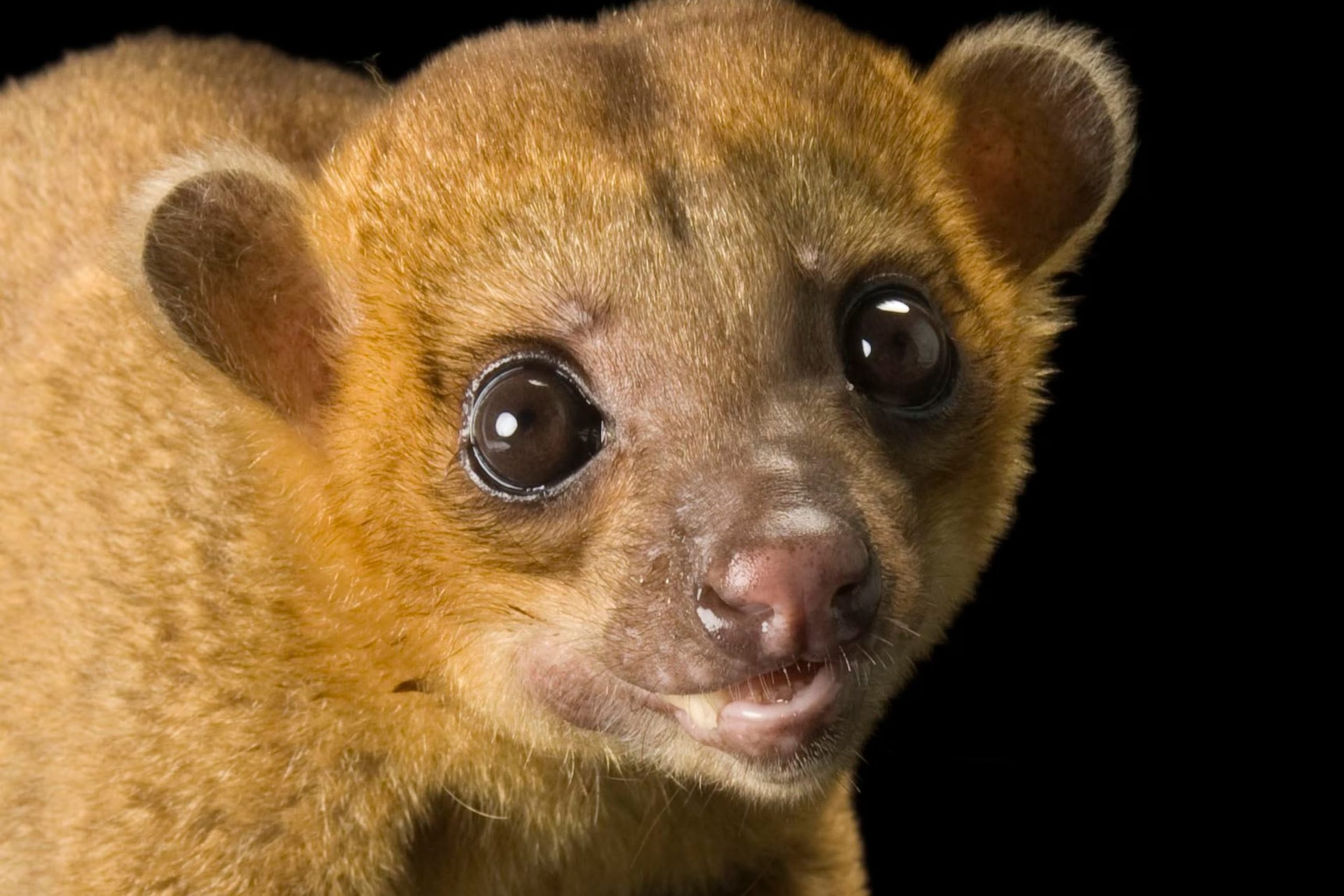
The Honey Bear: Unveiling the Secrets of the Kinkajou
The animal kingdom is full of surprises, and the kinkajou, also known as the honey bear, is a prime example. This adorable creature, with its soft fur, big eyes, and prehensile tail, might look like a cuddly teddy bear, but it has some surprising talents. Let’s delve into the fascinating world of the kinkajou and discover why it’s earned the nickname “honey bear.”
A Master of the Canopy: Built for Life in the Trees
Kinkajous are arboreal mammals native to the rainforests of Central and South America. Their slender bodies, sharp claws, and long, prehensile tails make them perfectly adapted for life high up in the canopy. They can swing from branch to branch with incredible agility, using their tails for balance and even as an extra limb to reach for food.
A Sweet Tooth with Sticky Fingers
Despite the “bear” in their nickname, kinkajous are not actually related to bears. However, they share a love for sweet treats! The scientific name for the kinkajou is Potos flavus. This roughly translates to golden drinker, as the kinkajou has a golden-brown coat and is fond of nectar.
Their long, extendable tongue is perfectly designed for reaching into beehives and extracting honey, a favorite food source. They are also fond of fruits, nectar, and insects, making them omnivores with a taste for variety.
Nighttime Adventures: When the Rainforest Comes Alive
Kinkajous are nocturnal creatures, coming alive at dusk when the rainforest awakens. Their large eyes allow them to see well in low light, and their keen sense of smell helps them locate hidden sources of food. They are also surprisingly vocal, using a range of chirps, growls, and whistles to communicate with each other.
A Family Affair: Raising the Next Generation
Kinkajous are monogamous animals, forming lasting pairs that work together to raise their young. After a gestation period of about four months, a single offspring is born. The baby clings to its mother’s back as she navigates the rainforest canopy, learning the ropes of survival.
A Vulnerable Wonder: Threats to the Honey Bear
Habitat loss due to deforestation is the biggest threat to kinkajous. The destruction of rainforests fragments their habitat and reduces their food sources. Additionally, the illegal pet trade can put pressure on wild populations. The IUCN Red List classifies them as Vulnerable.
Conservation Efforts: Protecting the Rainforest Canopy
Protecting kinkajous requires a multi-pronged approach. Conservation efforts focus on habitat preservation, promoting sustainable forestry practices, and raising awareness about the importance of these rainforest dwellers. Supporting organizations that work to combat the illegal pet trade is also crucial.
The Kinkajou: More Than Just a Sweet Tooth
Kinkajous play a vital role in the rainforest ecosystem. As they search for food, they pollinate plants and disperse seeds, helping to maintain the diversity of the rainforest. Their presence is an indicator of a healthy rainforest environment.
The Honey Bear: A Call to Action
By appreciating the unique adaptations of the kinkajou, the challenges they face, and ongoing conservation efforts, we can work towards ensuring these rainforest acrobats continue to thrive for generations to come.
More questions? See our kinkajou FAQ.
More photos below ↓














